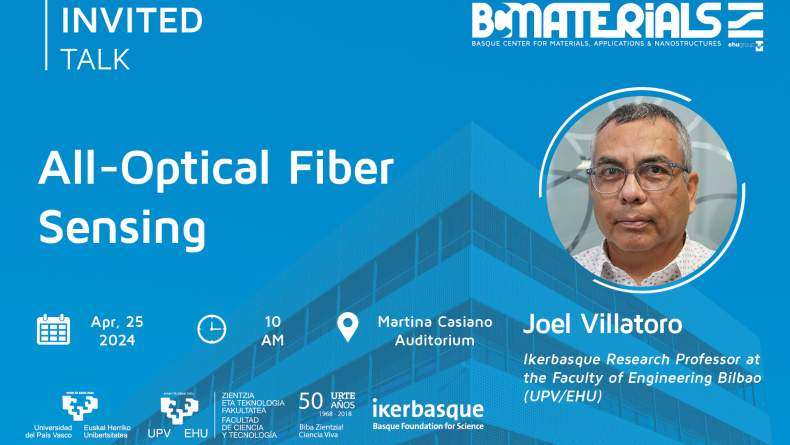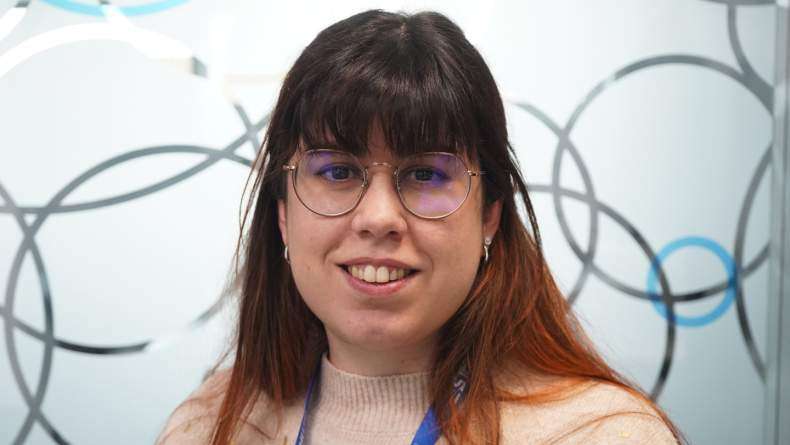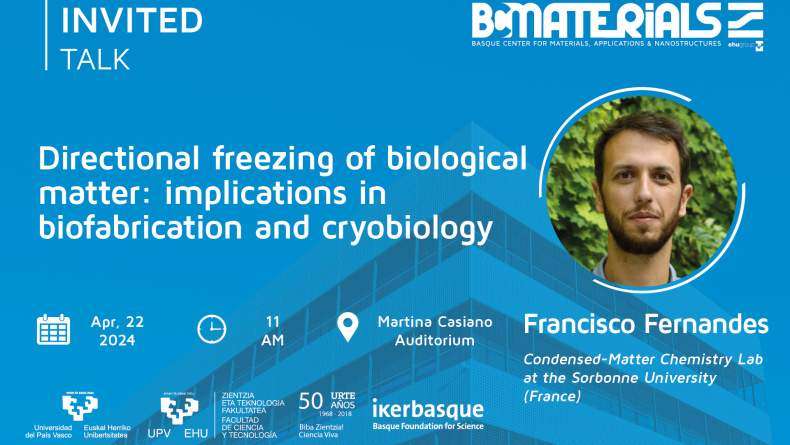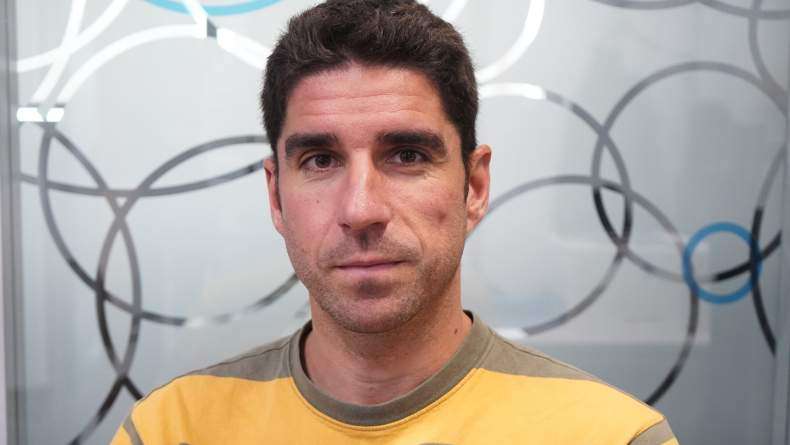
Prof. Jose Manuel Barandiarán, Scientific Director of BCMaterials since 2012, Professor of Applied Physics at the Universidad del País Vasco and member of IEEE will give a talk in the Soft Magnetic Materials Conference-SMM22 in Sao Paulo, Brazil.
The summary of his confenrence, entitled "
Surface patterning to optimize MI-based detection of magnetic nanoparticles" can be read below:
Magnetic nanoparticles are extremely interesting for biomedical applications, and methods are being investigated to accurately determine their concentration in a given specimen. Magneto-impedance (MI) has been proposed for this task by measuring the stray field created by the nanoparticles [A. García-Arribas, Sens. Act. A, 172 (2011) 103]. Recently, experimental evidence has been reported of the significant increase of sensitivity in acid-treated amorphous ribbons [J. Devkota et al. J. Appl. Phys. 117 (2015) 17D123]. The surface of the samples is chemically etched to create small (~1 micron) pits. The etch deteriorate the MI response of the ribbon but, when magnetic nanoparticles in solution are present over the surface, the MI response experiences larger changes in acid-treated ribbon that in the original one, because the solution fills the holes and somehow magnetically “reconstruct” the surface. It is to be expected that the shape and size of the surface pattern influence greatly the sensitivity enhancement.
On the other hand, thin film sensor elements are preferred over ribbons or wires as they can directly integrate into modern microelectronic production routes and make the sensors reproducible and cheap enough to find a place in the market. Multilayer samples are the best choice for producing MI sensors by micro electronic evaporation and photolithography techniques.
In this work we utilize Finite Element calculations to quantify the MI response in multilayer thin film samples and find the optimum geometry for the larger MI ratio and sensitivity. In the same way, similar calculations are carried out to obtain the response of MI elements patterned with regular motives of different geometries for detecting the sensitivity to the presence of magnetic nanoparticles onto the MI element surface. For instance, 1-micron wide trenches along the length of the sample, separated 2 microns between them, produce an enhancement of 6% in the MI response to the same amount of magnetic nanoparticles over a flat sample. The results will allow to determine the optimum surface pattern that could afterwards be sculpted by appropriate patterning techniques. Some experimental results are also presented.
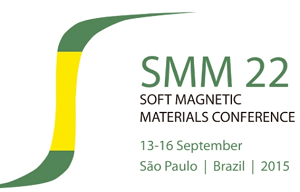
 Prof. Jose Manuel Barandiarán, Scientific Director of BCMaterials since 2012, Professor of Applied Physics at the Universidad del País Vasco and member of IEEE will give a talk in the Soft Magnetic Materials Conference-SMM22 in Sao Paulo, Brazil.
The summary of his confenrence, entitled "Surface patterning to optimize MI-based detection of magnetic nanoparticles" can be read below:
Magnetic nanoparticles are extremely interesting for biomedical applications, and methods are being investigated to accurately determine their concentration in a given specimen. Magneto-impedance (MI) has been proposed for this task by measuring the stray field created by the nanoparticles [A. García-Arribas, Sens. Act. A, 172 (2011) 103]. Recently, experimental evidence has been reported of the significant increase of sensitivity in acid-treated amorphous ribbons [J. Devkota et al. J. Appl. Phys. 117 (2015) 17D123]. The surface of the samples is chemically etched to create small (~1 micron) pits. The etch deteriorate the MI response of the ribbon but, when magnetic nanoparticles in solution are present over the surface, the MI response experiences larger changes in acid-treated ribbon that in the original one, because the solution fills the holes and somehow magnetically “reconstruct” the surface. It is to be expected that the shape and size of the surface pattern influence greatly the sensitivity enhancement.
On the other hand, thin film sensor elements are preferred over ribbons or wires as they can directly integrate into modern microelectronic production routes and make the sensors reproducible and cheap enough to find a place in the market. Multilayer samples are the best choice for producing MI sensors by micro electronic evaporation and photolithography techniques.
In this work we utilize Finite Element calculations to quantify the MI response in multilayer thin film samples and find the optimum geometry for the larger MI ratio and sensitivity. In the same way, similar calculations are carried out to obtain the response of MI elements patterned with regular motives of different geometries for detecting the sensitivity to the presence of magnetic nanoparticles onto the MI element surface. For instance, 1-micron wide trenches along the length of the sample, separated 2 microns between them, produce an enhancement of 6% in the MI response to the same amount of magnetic nanoparticles over a flat sample. The results will allow to determine the optimum surface pattern that could afterwards be sculpted by appropriate patterning techniques. Some experimental results are also presented.
Prof. Jose Manuel Barandiarán, Scientific Director of BCMaterials since 2012, Professor of Applied Physics at the Universidad del País Vasco and member of IEEE will give a talk in the Soft Magnetic Materials Conference-SMM22 in Sao Paulo, Brazil.
The summary of his confenrence, entitled "Surface patterning to optimize MI-based detection of magnetic nanoparticles" can be read below:
Magnetic nanoparticles are extremely interesting for biomedical applications, and methods are being investigated to accurately determine their concentration in a given specimen. Magneto-impedance (MI) has been proposed for this task by measuring the stray field created by the nanoparticles [A. García-Arribas, Sens. Act. A, 172 (2011) 103]. Recently, experimental evidence has been reported of the significant increase of sensitivity in acid-treated amorphous ribbons [J. Devkota et al. J. Appl. Phys. 117 (2015) 17D123]. The surface of the samples is chemically etched to create small (~1 micron) pits. The etch deteriorate the MI response of the ribbon but, when magnetic nanoparticles in solution are present over the surface, the MI response experiences larger changes in acid-treated ribbon that in the original one, because the solution fills the holes and somehow magnetically “reconstruct” the surface. It is to be expected that the shape and size of the surface pattern influence greatly the sensitivity enhancement.
On the other hand, thin film sensor elements are preferred over ribbons or wires as they can directly integrate into modern microelectronic production routes and make the sensors reproducible and cheap enough to find a place in the market. Multilayer samples are the best choice for producing MI sensors by micro electronic evaporation and photolithography techniques.
In this work we utilize Finite Element calculations to quantify the MI response in multilayer thin film samples and find the optimum geometry for the larger MI ratio and sensitivity. In the same way, similar calculations are carried out to obtain the response of MI elements patterned with regular motives of different geometries for detecting the sensitivity to the presence of magnetic nanoparticles onto the MI element surface. For instance, 1-micron wide trenches along the length of the sample, separated 2 microns between them, produce an enhancement of 6% in the MI response to the same amount of magnetic nanoparticles over a flat sample. The results will allow to determine the optimum surface pattern that could afterwards be sculpted by appropriate patterning techniques. Some experimental results are also presented.